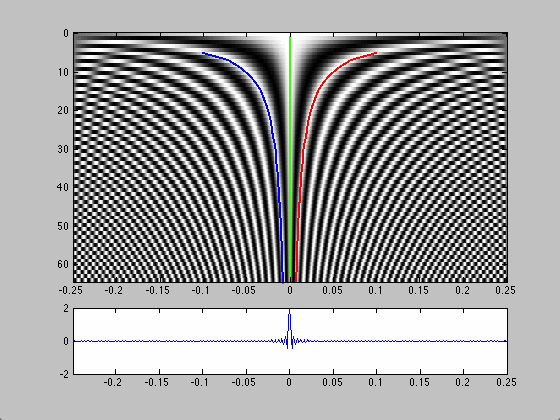Robert Smalley, Jr. Research
My research focuses on the investigation of physical processes and properties of the Earths crust, lithosphere, and upper mantle using measurements, modeling and interpretation of active deformations occurring over seismic to geologic time scales. I use both traditional and high-rate GPS geodetic data and seismology to measure motions associated with earthquakes, intra- and inter-plate deformations associated with the earthquake cycle and its integration into orogeny, postseismic deformation, plate tectonics, and crustal and isostatic responses to variations in crustal loading. I have active field research projects in the central and southern Andes of South America, Antarctica, the Andaman-Nicobar region of the Great 2004 Sumatra-Andaman earthquake, and the New Madrid seismic zone.
The Andes are one of the worlds major mountain belts with major along strike tectonic and climatic variations that provide numerous reseaerch targets. My research in the Andes includes understanding of the kinematics and dynamics of the tectonic processes involved in their development by the Nazca-South America subduction system from fault to orogen wide scales. The South American and Andaman projects also focus on the cycle of large and great interplate earthquakes, including postseismic deformations associated with the great earthquakes that occur on subduction plate boundaries. In Antarctica and Patagonia, in addition to tectonics, we seek to improve our understanding of the response of the crust, lithosphere and upper mantle to surface loading and to use this response to constrain loading history due to climate change. In the New Madrid area my research addresses questions about earthquake occurrence in stable continental regions and the stresses, as expressed by regional deformation, that generate these earthquakes.

I am also interested in using computer modeling and graphics for STEM education. The animation above, for example, shows the frequency domain integrand (top) and its Fourier sum into the time domain (bottom) as two traveling delta functions.
Contact me for exciting graduate research opportunities!
